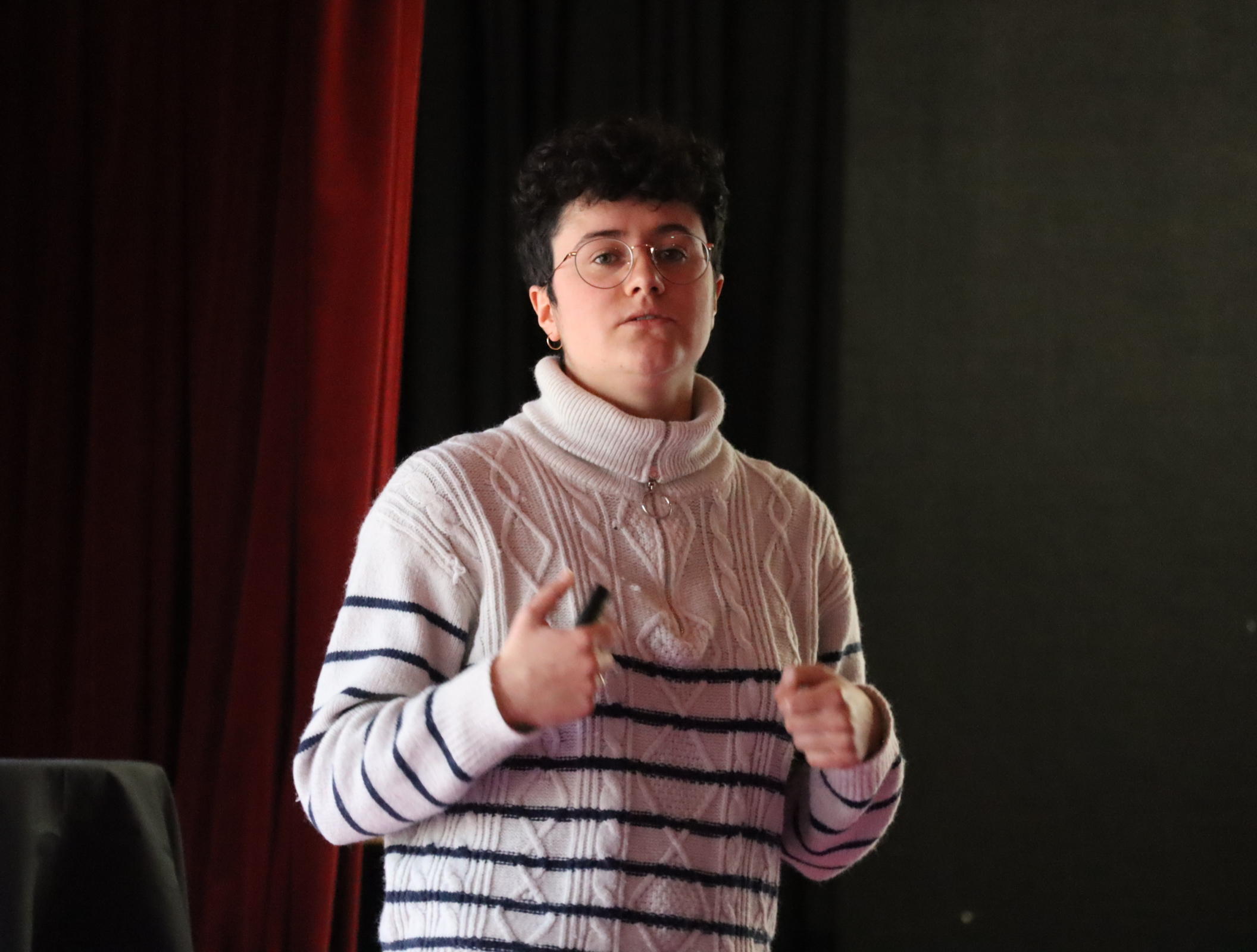Research
EN
My thesis deals with the history of European borrowing operations. I study the instruments by which the Commission of the European Communities was empowered to borrow money in the financial markets.
Using a political economy approach, I first analyse the negotiations of these instruments and I identify how the mechanisms were legitimised. Secondly, I focus on the establishment of the Commission’s borrowing policy, by examining the financial techniques used by the Commission in the financial markets.
The aim of this research is to understand how the European Communities became credible borrowers on the financial markets between the 1950s ans the 1990s.
FR
Ma thèse porte sur l’histoire des emprunts européens. Plus précisément, j’étudie les instruments par lesquels la Commission des Communautés Européennes a été habilitée à emprunter des fonds sur les marchés financiers.
En utilisant une approche d’économie politique, je m’intéresse en premier lieu à la négociation de ces instruments d’endettement communautaire et étudie comment de tels mécanismes ont été légitimés et acceptés par les États-membres, qui ont autorisé la Commission à contracter une dette. Dans un seconde temps, je m’intéresse plus précisément à la mise en place concrète des politiques d’emprunt, en étudiant les techniques financières utilisées par la Commission sur les marchés des capitaux.
L’objectif principal de cette recherche est de comprendre comment les Communautés Européennes sont devenus des emprunteurs crédibles sur les marchés financiers des années 1950 aux années 1990.
The Borrowing Policies of the European Communities
The Commission of the European Communities was empowered to borrow money through 4 instruments:
the European Coal and Steel Community (ECSC): the ECSC Treaty empowered the High Authority of the ECSC to borrow money in order to grant loans
the Community Loan Mechanism (CLM): the CLM was established in 1975 and empowered the EEC Commission to borrow on the financial markets in order to grant loans to Member States
the New Community Instrument (NCI): created in 1978, the instrument empowered the EEC Commission to borrow in order to grant loans to companies
Euratom: Euratom Treaty authorized borrowing operations. In 1977, the Commission was empowered to contract a debt in order to grant loans to nuclear companies
Work in progress
My current research question concerning the history of the European debt is to understand how the European Communities became credible borrowers for the investors from the 1950s to the 1990s. Following Flandreau & Flores (2009; 2012), this work seeks to identify how the ECSC and then Euratom and the EEC built their financial credibility to borrow from the financial markets. The aim is twofold:
The first objective is theoretical. The idea is to offer a conceptualisation of financial credibility and to build a theory that enables to understand how public borrowers become or not credible for the financial community.
The second one is to use this theoretical framework to understand the European borrowing policies of the ECSC, the EEC and Euratom. Did the European Communities become financially credible? How was it possible ? Were there differences between the three communities, given that their financial bases were different?
Research Interests
- Institutional Economics and Political Economy
- Monetary and Financial Economics
- European Integration Process
- Public Debt and Public Finances
- Economic Sociology
Data
The history of the borrowing policies of the European Communities is under-studied. For my PhD research, I have created dabase on the borrowing operations of the European Communities. Using the Financial Reports of the European Communities, I reported the core information of borrowing operations: amounts, maturity, interest rates, currency. These data will be available soon. In the meantime, you can find some descriptive statistics in the sub-sections of the research page (the ECSC, the EEC).
